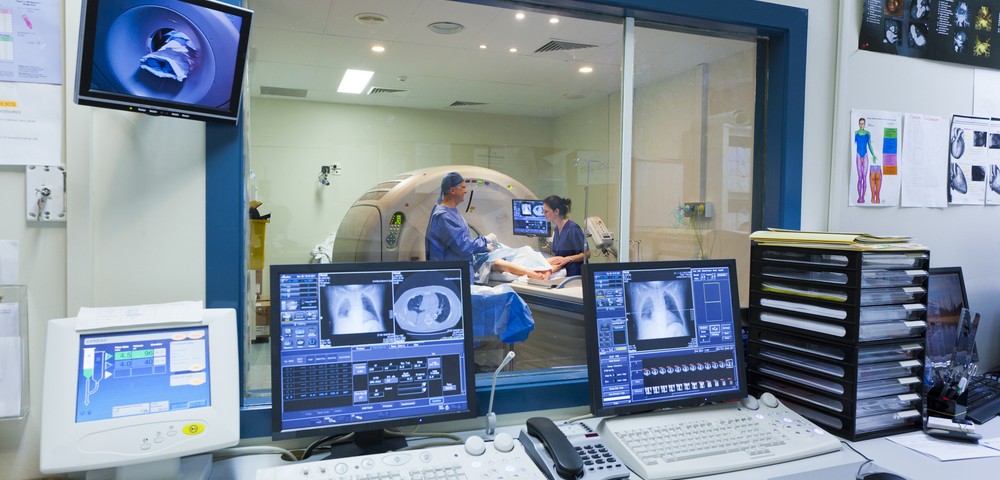Early MRI screening can reduce breast cancer mortality among survivors of childhood Hodgkin’s lymphoma (HL), women who were treated in the 1990s with thoracic radiation therapy (RT), researchers at the Princess Margaret Cancer Centre in Toronto, Canada, reported. Their screening effectiveness study, “Impact of Early Breast Cancer Screening on Mortality Among Young Survivors of Childhood Hodgkin’s Lymphoma,” was published in the Journal of the National Cancer Institute.
Younger women today who had Hodgkin’s lymphoma (HL) and were treated with radiation therapy in their childhood or teenager years are known to be at increased risk of developing breast cancer (BC). Researchers believe these women, who received chest radiation therapy to normal tissue or radiation at higher doses than is now recommended, might reduce their risk of breast cancer death if they receive early screenings. However, studies have not to date quantified the potential mortality gains of early BC screening among HL survivors.
Researchers collected published data on the risk of developing breast cancer in childhood lymphoma survivors, the accuracy of different forms of breast cancer screening, and the rates of patient compliance to screening. To evaluate the benefit on BC survival of early screening in HL survivors starting at age 25, as opposed to screening at age 40, the scientists used a mathematical model of breast cancer development.
Results revealed that early screening could, indeed, reduce BC mortality. The absolute risk of BC mortality by age 75 was predicted to decrease from 16.65 percent with no early screening, to 16.28 percent if patients had annual mammography, 15.40 percent with annual MRI, 15.38 percent with an annual mammography and MRI in the same day, and to 15.37 percent by alternating mammography and MRI every six months. Regarding the use of mammography, the researchers calculated that about 260 survivors of childhood lymphoma would need to undergo early breast cancer screening to prevent one breast cancer death, while about 300 to 1,300 women had to undergo screening to prevent one breast cancer death if current guidelines, which advise the test for women 50 years of age or older, were followed.
Importantly, the use of MRI was found to be the most adequate method of BC detection, with approximately 80 patients having to undergo MRI-based screening to prevent one BC death. However, researchers note that MRI screening is associated with a high degree of “false positives,” because the method is highly sensitive and detects changes in breast tissue that many times are not cancerous. According to the study, a combination of MRI and mammography could lead to approximately 100 false positives per 1,000 screens in women of age 25 to 39 years.
Researchers concluded, for a first time, that early screening can clearly reduce BC mortality in younger women who were treated with radiation therapy for adolescent or childhood HL. “If you are a young woman who was treated with radiation therapy to your chest as a teenager or child for HL, or for that matter chest radiation therapy for any reason, you should be having a conversation with your family doctor or your oncologist about whether to start breast cancer screening earlier than most women would,” Dr. David Hodgson, the study’s principal investigator, said in a press release.


